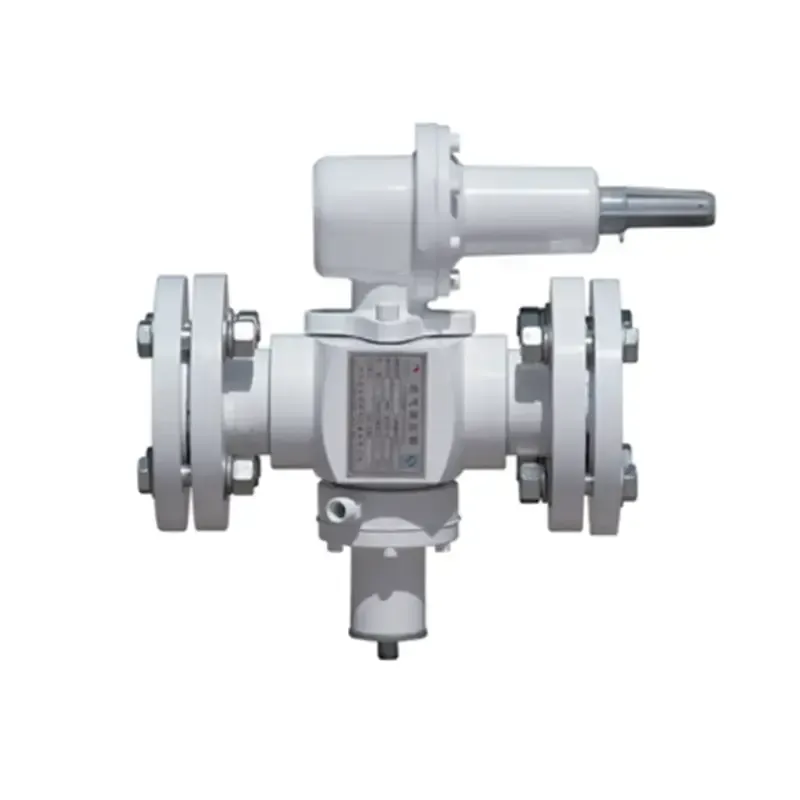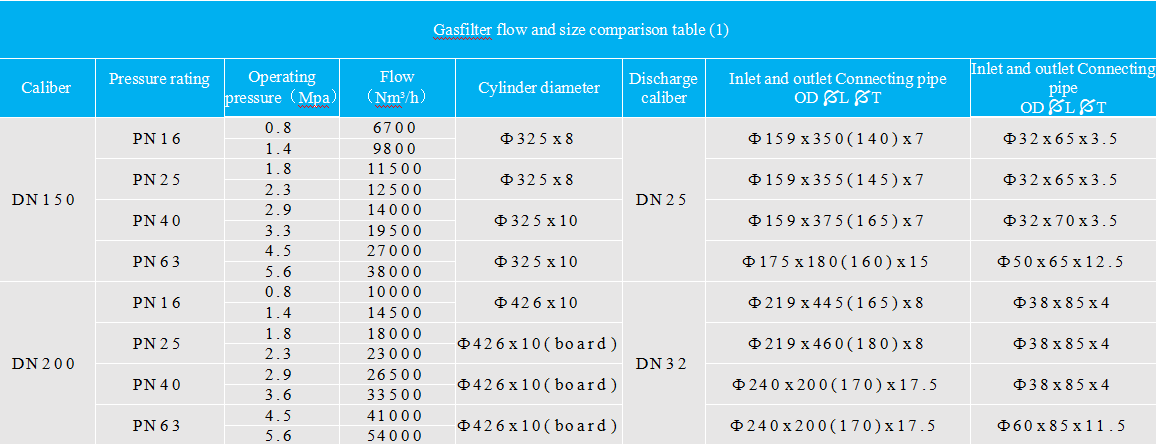
Jul . 05, 2025 06:51
Back to list
High-Quality Gas City Gate Solutions for Safe & Efficient Distribution Customized Natural Gas City Gate Stations
- Introduction to Gas City Gate Systems
- The Role of the Natural Gas City Gate Station in Gas Distribution
- Technical Advantages and Modern Innovations
- Major Manufacturers and Comparative Analysis
- Customized Solutions Tailored to Various Needs
- Application Cases and Practical Examples
- Conclusion: The Future Outlook for Gas City Gate Systems

(gas city gate)
Introduction to Gas City Gate Systems
Gas city gate systems function as the crucial interface connecting high-pressure transmission pipelines and municipal gas distribution networks. These robust installations handle pressure regulation, odorization, flow measurement, and metering to ensure gas is safely and efficiently delivered to end users. According to the International Energy Agency (IEA), global demand for natural gas is forecasted to reach 4,300 billion cubic meters per year by 2030, highlighting the pivotal role played by efficient city gate infrastructure. While the term "gas city gate
" might seem industry-specific, its operation impacts millions in urban environments worldwide, maintaining supply reliability and network resilience.
The Role of the Natural Gas City Gate Station in Gas Distribution
Modern natural gas city gate stations serve multiple purposes. Beyond pressure reduction from transmission levels (often over 7 MPa) to distribution levels (below 0.4 MPa), these facilities integrate advanced odorization systems for safety compliance, remote monitoring, and automatic shut-off mechanisms to minimize risks. In major metropolitan areas, city gate stations are often responsible for balancing the demand and supply curves, efficiently redirecting flow to avoid bottlenecks during peak times. With the increasing roll-out of smart grid technology, many urban gas infrastructures now incorporate SCADA systems, enabling real-time oversight and predictive maintenance to decrease downtime by as much as 60%. The integration ensures end-users receive a continuous, safe, and accurately measured supply of gas, essential for urban industry and residential reliability.
Technical Advantages and Modern Innovations
Technological advancements have transformed natural gas city gate stations into high-efficiency, intelligent nodes within wider distribution networks. Current models are equipped with low-noise regulators, ultra-precise turbine meters, and digital odorant injectors. This technological leap means that today’s city gate can maintain outlet pressure within a variance of ±1%, maximizing safety and performance. Data collected from ABB and Honeywell installations in North America demonstrate a reduction in fugitive emission events by 35% after upgrading to smart station modules. Additionally, fail-safe mechanisms triggered by seismic sensors, high-speed cyber-secure remote access, and machine learning-based monitoring are key features setting modern city gate units apart. Compliance with ISO 13686 and local regulations ensures that safety standards align across all installations – fundamental to public health and sector stability.
Major Manufacturers and Comparative Analysis
When selecting a gas city gate provider, a data-driven approach to vendor comparison is essential. Below is a table summarizing four leading manufacturers—Emerson, Honeywell, Pietro Fiorentini, and Enerskin—across critical performance areas:
| Manufacturer | Pressure Regulation Range (MPa) | Annual Maintenance Cost (USD) | SCADA Compatibility | Emission Reduction (%) | Customization Level |
|---|---|---|---|---|---|
| Emerson | 0.1 – 8.0 | 12,000 | Fully Integrated | 32 | High |
| Honeywell | 0.05 – 7.5 | 10,500 | Fully Integrated | 35 | Medium |
| Pietro Fiorentini | 0.07 – 7.0 | 11,800 | Partial | 28 | Very High |
| Enerskin | 0.1 – 6.5 | 9,500 | Limited | 24 | Medium |
The above comparison reflects different market priorities. While Honeywell and Emerson lead in SCADA integration and emission reductions, Pietro Fiorentini is recognized for its flexibility in custom builds, meeting tailored regulatory needs. Annual maintenance costs and emission factors can tip the scale for buyers focusing on sustainability or total operating cost. Selecting an optimal natural gas city gate station solution means balancing these measurable aspects with local environmental and infrastructure needs.
Customized Solutions Tailored to Various Needs
The requirements for natural gas city gate stations vary depending on geographic, regulatory, and demand parameters. Urban centers demand compact, intelligent stations with advanced anti-vandalism features, while rural or industrial settings may necessitate extended metering ranges and added surge capacity. Leading providers offer modular designs, allowing clients to specify inlet and outlet pressures, capacity (from 1,000 to more than 100,000 Nm³/h), redundancy levels, and remote communication protocols. For instance, a European utility recently commissioned a city gate upgrade utilizing triple-redundant monitoring, a feature that reduced unscheduled downtime by 40%. Updates such as inline gas chromatographs and environmental enclosures are now standard on premium models, designed to support both regulatory compliance and operational efficiency. Furthermore, data visualization dashboards permit instant actionable insights, empowering utilities to optimize consumption and maintenance windows dynamically.
Application Cases and Practical Examples
The efficacy of advanced city gate technology is best demonstrated through recent deployment cases. In 2022, an Asian capital integrated three fully automated gas city gate stations with real-time data transmission, achieving a system uptime rate of 99.97%. This resulted in a 15% reduction in annual service interruptions per 10,000 customers according to municipal reports. Another notable example comes from South America, where a split-range module solution from Pietro Fiorentini was chosen for an earthquake-prone zone, achieving compliance with strict seismic safety regulations and limiting pressure surges thanks to dynamic cutoff programs. Meanwhile, a North American utility opted for Honeywell's smart metering city gate, achieving $320,000 in annual savings through predictive analytics that halved emergency callouts. These case studies underscore the tangible benefits of modern city gate solutions: safety, resilience, and cost optimization.
Conclusion: The Future Outlook for Gas City Gate Systems
Gas city gate infrastructures continue to evolve, aligned with the twin goals of operational excellence and increasing environmental accountability. The trend is clear: integration of AI-driven automation, enhanced emission monitoring, and scaling flexibility to accommodate fluctuating urban energy profiles. The ongoing investment by manufacturers in smart sensors, encrypted data streaming, and low-maintenance materials will further improve network stability and user safety. As cities move toward decarbonization and digitalization, advanced gas city gate stations will remain indispensable assets—shaping the next generation of secure, efficient, and adaptable energy distribution networks.

(gas city gate)
FAQS on gas city gate
Q: What is a gas city gate?
A: A gas city gate is a facility where natural gas is transferred from transmission pipelines to local distribution networks. It typically involves pressure adjustment and metering. City gates ensure safe and efficient delivery of natural gas to cities.Q: What functions does a natural gas city gate station perform?
A: A natural gas city gate station reduces pipeline gas pressure, measures flow, and may add odorant for detection. It serves as the main interface between high-pressure pipelines and local utility systems. Safety and regulation are its primary roles.Q: Why is odorant injected at a gas city gate?
A: Odorant is injected at a gas city gate to give otherwise odorless natural gas a distinctive smell. This helps in quickly detecting leaks for safety purposes. It is a standard safety practice in gas distribution.Q: How does a natural gas city gate ensure gas quality?
A: The station monitors the gas composition, pressure, and temperature as it enters local systems. Quality control tests are performed at the city gate. This guarantees reliability and compliance with regulations.Q: Where are gas city gate stations usually located?
A: Gas city gate stations are often situated at the edge of urban areas or near city limits. Their strategic placement allows efficient gas delivery into municipal networks. Proximity to transmission pipelines is also key.Latest news
-
What Role Do Pressure Reducers Play in Industrial Systems?NewsJun.12,2025
-
What Role Do Gas Valves Play in Industrial Safety and Functionality?NewsJun.12,2025
-
Key Components in Energy Management and Temperature ControlNewsJun.12,2025
-
Integral Components in Mechanical and Energy SystemsNewsJun.12,2025
-
How Do Industrial Valves and Filters Ensure System Safety and Efficiency?NewsJun.12,2025
-
Essential Components for Industrial Fluid Management: Valves and SystemsNewsJun.12,2025

